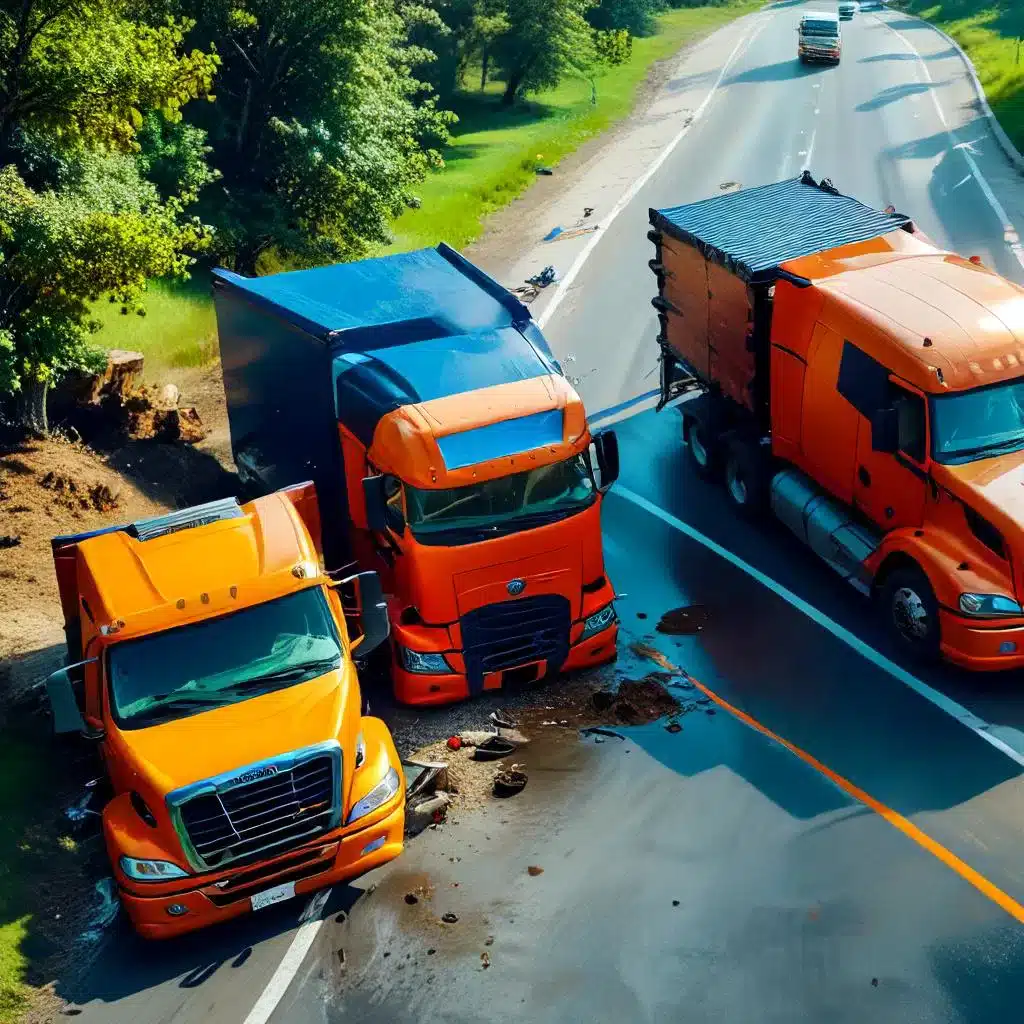Table of Contents
Determining liability becomes far more complex when multiple parties share responsibility for a truck accident—such as the driver, trucking company, and vehicle manufacturer. A truck accident law firm can help untangle these legal challenges, ensuring that each responsible party is accountable for their role in the crash. Understanding how multiple defendants affect a lawsuit is key to maximizing compensation and securing a fair outcome.
The Complexities of Truck Accident Lawsuits
Truck accident lawsuits are notoriously intricate, often involving multiple parties and layers of liability. Understanding these complexities is crucial for anyone involved in such a case.
Multiple Potentially Liable Parties
In a typical truck accident, several entities may share responsibility:
- The truck driver
- The trucking company
- The vehicle manufacturer
- Cargo loaders or shippers
- Government entities responsible for road maintenance
Each party may have contributed to the accident somehow, complicating the process of determining fault and compensation.
Extensive Evidence Collection
Due to the involvement of multiple parties, gathering evidence becomes a more extensive process. This may include:
- Driver logs and records
- Vehicle maintenance reports
- Company policies and procedures
- Cargo manifests
- Road condition reports
The sheer volume of information can make these cases time-consuming and challenging.
Complex Insurance Policies
Trucking companies often have intricate insurance policies with high coverage limits. These policies may involve multiple insurers and layers of coverage, adding another level of complexity to the legal proceedings. Understanding and negotiating with these various insurance entities requires specialized knowledge and experience.
Apportioning Liability in a Multi-Defendant Case
In truck accident lawsuits involving multiple defendants, apportioning liability becomes a complex and crucial aspect of the legal process. This step determines how responsibility and potential damages are distributed among the parties involved.
Comparative Negligence Principle
Most states apply the principle of comparative negligence when assessing fault in multi-defendant cases. This approach allows for allocating blame based on each party’s degree of responsibility. For instance, a trucking company might be found 50% at fault for improper maintenance, the truck driver could be 30% liable for speeding, and a third party is 20% responsible for road obstruction.
Challenges in Determining Fault
Accurately determining each defendant’s level of fault presents significant challenges. It often requires extensive investigation, expert testimony, and careful analysis of evidence. Factors such as road conditions, vehicle maintenance records, driver logs, and eyewitness accounts play crucial roles in this process.
Impact on Compensation
The apportionment of liability directly affects the compensation a plaintiff may receive. In some jurisdictions, if a plaintiff is found to be partially at fault, their potential recovery could be reduced proportionately. Additionally, some states have joint and several liability laws, which can impact how damages are paid out when multiple defendants are involved.
Understanding these complexities underscores the importance of experienced legal representation in navigating multi-defendant truck accident lawsuits.
Navigating the Challenges of Discovery and Evidence
The discovery and evidence-gathering process becomes significantly more complex when multiple defendants are involved in a truck accident lawsuit. You’ll need to navigate a labyrinth of information from various sources, each potentially holding crucial details for your case.
Expanding the Scope of Investigation
With multiple parties involved, you must cast a wider net in your investigation. This means examining the truck driver’s actions and the potential negligence of the trucking company, vehicle manufacturers, and even government entities responsible for road maintenance. Each defendant may have records, policies, and procedures that must be scrutinized.
Dealing with Conflicting Accounts
As you delve deeper into the case, you’ll likely encounter conflicting accounts of the accident. Each defendant may present a different version of events, attempting to shift blame or minimize their liability. This can make it challenging to piece together an accurate timeline and determine the true cause of the accident.
Managing Voluminous Documentation
The sheer volume of documentation in a multi-defendant truck accident case can be overwhelming. You’ll need to sift through maintenance logs, driver records, company policies, and potentially thousands of pages of evidence. This requires meticulous organization and a strategic approach to identify the most relevant information for your case.
Understanding these challenges can help you better prepare for the complexities of discovery and evidence gathering in a multi-defendant truck accident lawsuit.
Final Thoughts
Truck accident cases involving multiple defendants require a strategic legal approach to navigate competing claims and defenses. A truck accident law firm can help victims build a strong case and pursue full compensation. Holding all liable parties accountable can lead to a just resolution and improved industry safety.


